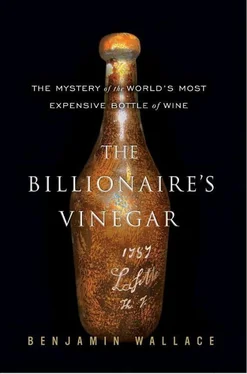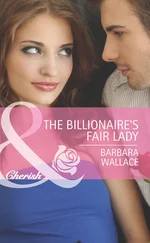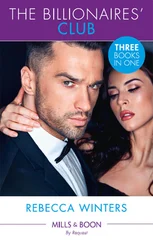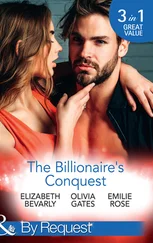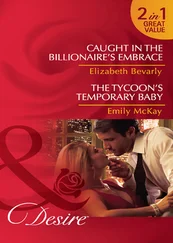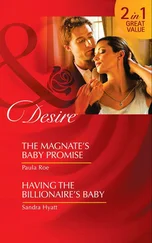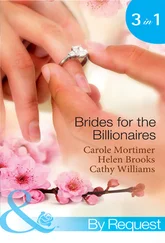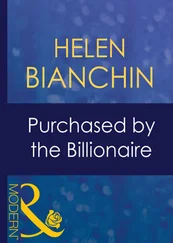Broadbent was a natural at auction-house hyperbole, and seemed to wring a new record out of every sale. There was always a particular wine or vintage or combination of wines and vintages that, defined in just the right way, had achieved a never-before-seen price or volume record. There was, for instance, the Christie’s sale featuring one hundred dozen bottles of the 1967 vintage of Yquem, “certainly the largest quantity of any one vintage of any fine mature white wine ever to appear at auction.” It was all in how narrowly you sliced the numbers, and Broadbent was a master with the knife. The only thing that attracted more press coverage than price records was especially old and rare wines, and Broadbent excelled at producing these, too.
He had made London into the center of the international auction market for fine wine, and his dominance was undisputed. As befitted a top auctioneer, he effortlessly melded the hustle of a barrow boy and the self-deprecating charm of a courtier. He delighted in rummaging through the Christie’s archives and reading aloud from leather-bound catalogs of its earliest auctions, like the sale on March 18, 1771, which featured “upwards of 100 loads of Good Hay, 6 stacks of Beans… a quantity of Dung… Four Heffers, two cows, a Ram, Swan, Poultry,” and, in the wine department, “a Cask of Elderwine” and “a Firkin with some old Verjuice.” In his own writing, he rendered the dross of wine description into something wicked, marshaling one randy image after another to describe the fermented grape juice he was selling: “a sexy demi-mondaine of uncertain age but opulent charm”… “a light, easy, charming middle-aged lady with her slip showing”… and, of course, those “schoolgirls’ uniforms.” Normally his wife typed up his tasting notes, but when he had written an especially salacious one, he would give the job to his secretary instead.
Broadbent was intensely competitive, and he could be defensive and catty on the topic of the rival auction house. The old saw held that Christie’s was made up of gentlemen trying to be auctioneers, and Sotheby’s of auctioneers trying to be gentlemen, yet there was nothing particularly genteel about Broadbent’s approach to competition. “Despite the strenuous efforts of our competitors,” Broadbent crowed to Christie’s clients in 1979, “we continue to dominate the international fine wine market.” Another time, he denounced Sotheby’s “extravagant claims and misleading statements” as “pure propaganda.”
The largely one-sided feud became strident in 1984, when Sotheby’s wine department introduced a 10-percent buyer’s commission. Broadbent was instantly scornful. “It is not a very healthy step,” he told Decanter . “We have always strenuously opposed any buyer’s premium on wine.” His counterpart at Sotheby’s, Patrick Grubb, retorted that Sotheby’s catalogs were “of infinitely better quality than those of our rivals!” Broadbent came back with, “Maybe his buyers are happy for part of their extra 10 percent to be devoted to the glamorization of what is essentially a piece of ephemera? The Bible has a phrase for this: ‘a whited sepulchre’!” Two years later, Broadbent had to eat crow as Christie’s followed Sotheby’s lead, adopting a buyer’s premium and revamping its catalogs. Grubb then published a mocking poem, which included the lines “Sepulchral hollow laughter is heard in King Street now / Despite all protestations they’ve killed a sacred cow.”
A few years after that, Broadbent said of Sotheby’s wine department, “The lack of enthusiasm shows.” Sotheby’s wine department, for its part, claimed that while Christie’s did a volume business, Sotheby’s was the quality auctioneer. Sotheby’s competed nearly as avidly in the record-chasing arena, touting, during one season in the early 1980s, its sale of “the largest quantity [of cases of Port] ever sold in any season of wine auctions this century.”
BROADBENT WAS GETTING wine from his fellow countrymen, but he was selling it to Americans. By the mid-seventies, the spike in prices for first growths seen between 1966 and 1971 had become more dramatic, and the really old bottles had been priced out of reach of many connoisseurs. A magnum of 1864 Lafite that had sold for $225 at the Rosebery sale in 1967 went for $10,000 in 1981. American demand was the chief reason. The strength of the auction market had come to depend on the strength of the dollar.
American colonists had preferred fortified wines from Spain and Portugal, such as Madeira and Port, and it was Thomas Jefferson who introduced a number of his peers to the less alcoholic pleasures of table wine. Before leaving France in 1789, Jefferson shipped Sauternes, Burgundy, and still Champagne to New York for the cellars of newly elected President George Washington. As secretary of state, Jefferson placed another large order for Washington and himself. He subsequently advised three other presidents—Adams, Madison, and Monroe—on what wines to serve at state dinners. When Monroe was elected, Jefferson’s congratulatory letter spent three sentences on the election and the remainder on what wines the White House cellar should stock.
Jefferson was steadfast in promoting his favorite beverage. He lobbied for lower tariffs on wine not only for selfish reasons, but ostensibly because he believed in its healthful and even moderating qualities. “No nation is drunken where wine is cheap,” he wrote once, alluding to the rampant abuse of whiskey he saw around him, “and none sober, where the dearness of wine substitutes ardent spirits as the common beverage.” He made little headway in this campaign with Secretary of the Treasury Alexander Hamilton, who regarded Jefferson as a fop and wine as a luxury.
Still bent on cultivating wine grapes, Jefferson tried growing them at Monticello after he returned from Europe. Again he didn’t succeed, but he corresponded with John Adlum, father of American viticulture, and remained optimistic that America could rival France as a winemaking country. “We could, in the United States,” Jefferson wrote, “make as great a variety of wines as are made in Europe, not exactly of the same kinds, but doubtless as good.”
Jefferson claimed, patriotically if not altogether convincingly, that he had tasted wine made in Maryland that rivaled the very best Burgundy. He felt North Carolina had come the furthest in developing as a wine producer, and that its Scuppernong grape had yielded America’s first “exquisite wine, produced in quantity.”
He was also a proselytizer at the table, and seems to have flirted with the wine enthusiast’s avocational hazard of overestimating others’ interest in the topic. “There was, as usual, the dissertation upon wines, not very edifying,” John Quincy Adams yawned to his diary after one White House dinner hosted by Jefferson. Through his entertaining at Monticello, Jefferson seemed to want to convert Americans, one palate at a time, to wine (as well as to a more broadly defined good life). He drank three to four and a half glasses of wine a day, and he designed a pair of dumbwaiters, flanking the fireplace, that brought bottles directly up from the wine cellar to the dining room. His sizable library included volumes treating of the most up-to-date science on winemaking. Because of trade disruptions during the War of 1812, he suffered from the depletion of his cellar, writing that “wine from long habit has become an indispensable for my health, which is now suffering by its disuse.”
After Jefferson, another prominent American champion of wine would not appear for a long time. By the turn of the twentieth century, Gilded Age families like the Du Ponts and the Morgans owned substantial quantities of wine, and some of the new apartment buildings then going up in Manhattan were constructed with private cellars in the basement for each tenant. But in general, Americans didn’t drink wine. The temperance movement, together with distractions like Prohibition, didn’t help.
Читать дальше
